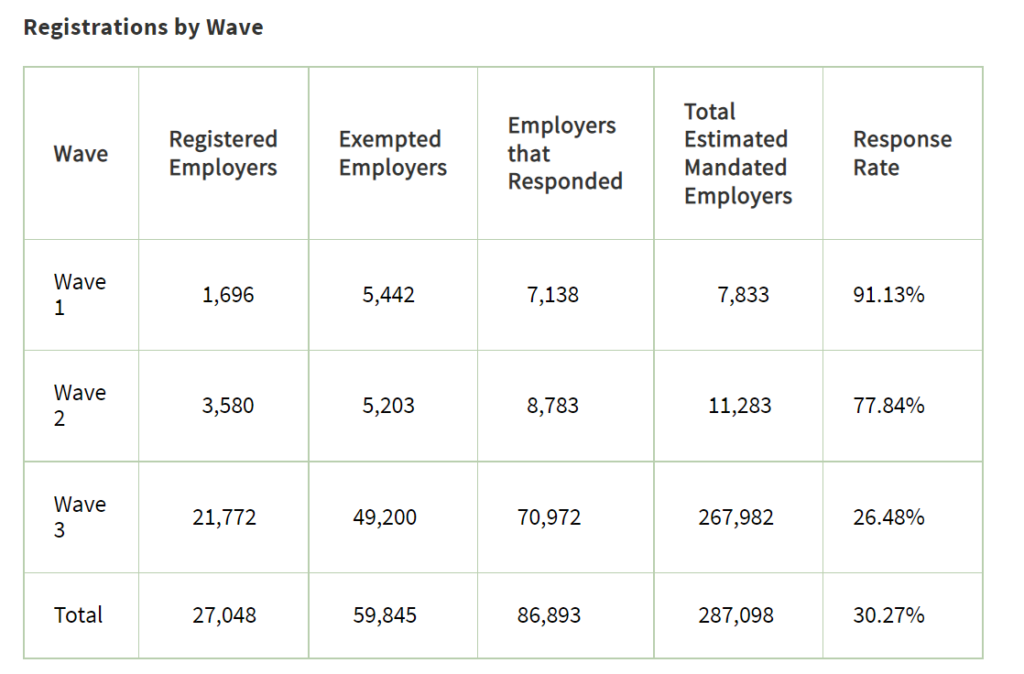Excerpt:
Nevada State Senator Dallas Harris is hoping the third time is the charm and has introduced a bill to create a state-supported retirement plan after two previous attempts by the legislature died on the vine.
The bill, SB305, would create the Nevada Employee Savings Trust, which would be directed by a board of trustees with the power to establish a retirement savings program and automatically enroll private employees who do not have a retirement savings plan available via their workplace. To be enrolled, an employee would need to be at least 18 years old, have worked at the same place for 120 days and have wages that are allocable to the state, although employees would be allowed to opt out.
….
The current bill stipulates that the board is required to establish one or more investment funds and that the underlying investments of each fund must be diversified “so as to minimize the risk of large losses under any circumstances.” The board also may, at any time, add, replace or remove any investment fund.
The underlying investments may include shares of mutual funds, exchange-traded funds, publicly traded equity and fixed-income securities, as well as other investments available for investment. However, the investment funds would be prohibited from investing in any bond, debt instrument or other security issued by the state of Nevada.
Author(s): Michael Katz
Publication Date: 24 Apr 2023
Publication Site: ai-CIO
